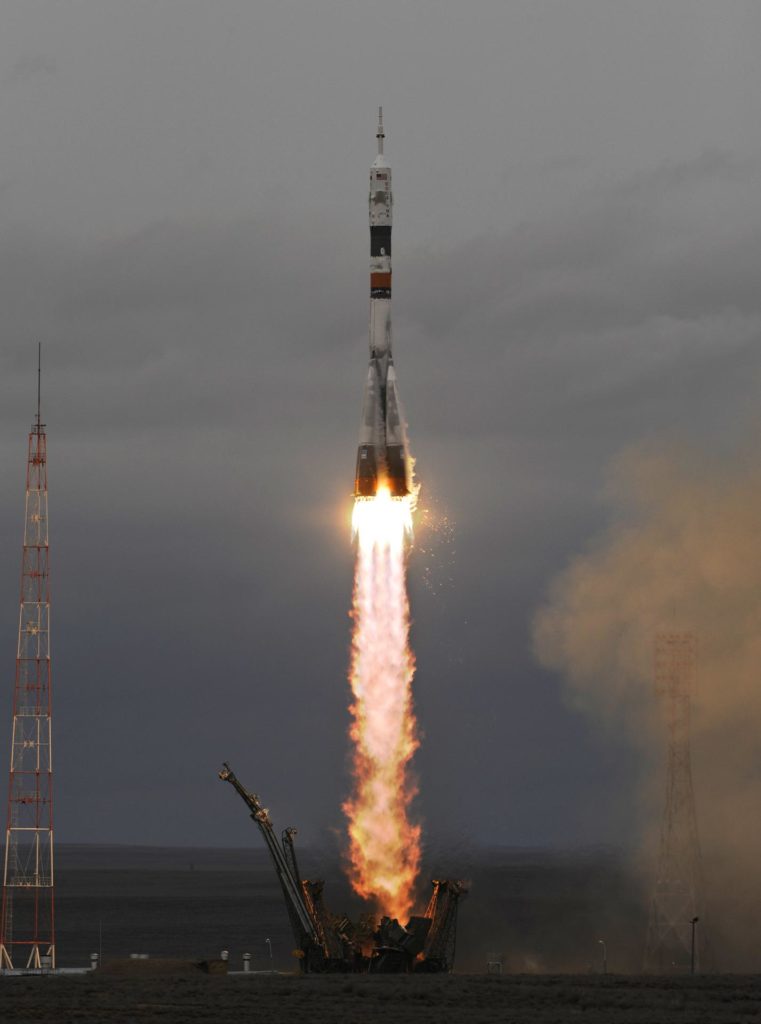Luna 25: Russian Spacecraft Embarks on Historic Lunar Mission after 47-Year Gap
In a historic moment for the Russian space program, the Luna 25 spacecraft was launched on August 10, 2023, marking the first mission to explore the Moon by the Russian Federation since Luna 24 in 1976. The success of this mission is important for the future of Russia’s lunar program, as it aims to make a soft landing near the south pole of the Moon.
The long gap between Luna 24 and Luna 25 should not have occurred, considering the development of the Luna-Globe program in Russia since the 1990s. This program aimed to study the internal structure of the Moon and included various elements such as penetrators, orbiters, landing stations, and lunar rovers. However, after the discovery of water in the lunar soil by the Russian Lunar Exploration Neutron Detector (LEND), the focus shifted to studying the polar regions of the Moon.
The concept for Luna 25 involves launching a series of spacecraft, starting with a small lander that will examine soil samples near the south pole of the Moon. The main objectives of this mission are to work out basic soft landing technologies and explore the lunar south pole. The spacecraft, developed by NPO Lavochkin, has a mass of 615 kilograms without fuel and carries 30 kilograms of scientific instruments.
The scientific payload of Luna 25 includes nine instruments with tasks such as estimating the mass fraction of water in the lunar soil, determining the elemental and isotopic composition of the polar regolith, and measuring the radiation background of neutrons and gamma rays on the lunar surface. It will also investigate the composition of the lunar exosphere and the physical processes occurring in it under different conditions.
The spacecraft is equipped with eight cameras, including wide-angle and narrow-angle stereo cameras for panoramic and detailed imaging of the lunar surface. Two foreign-made instruments that were initially planned for Luna 25 had to be canceled due to various reasons.
Delays in the mission’s launch were caused by technical issues, with the most recent one being a malfunction detected in the Doppler speed and range meter during tests. The launch finally took place on August 10, 2023, from the Vostochny cosmodrome on top of a Soyuz-2.1b rocket with a Fregat-M upper stage.
The journey to the Moon involves multiple orbit corrections using low-thrust engines. After reaching the Moon’s orbit, Luna 25 will spend three days collecting data while Mission Control decides on the landing site. The landing is scheduled for approximately August 21-23, with a planned accuracy of landing within a 30 by 15-kilometer ellipse.
If Luna 25 is successful, Russia plans to launch the Luna 26 orbiter to study the Moon remotely and map the distribution of water ice on its surface. This will be followed by the Luna 27 lander, which will study the regolith and ice near the south pole with more instruments than Luna 25. The final mission, Luna 28, aims to deliver regolith with ice back to Earth. However, the fate of these missions depends on the success of Luna 25.
The Luna 25 mission represents a significant milestone for Russia’s lunar exploration efforts. Its success could pave the way for future missions and advancements in our understanding of the Moon. As we eagerly await the landing of Luna 25, the scientific community and space enthusiasts are filled with anticipation and hope for groundbreaking discoveries on our nearest celestial neighbor.
